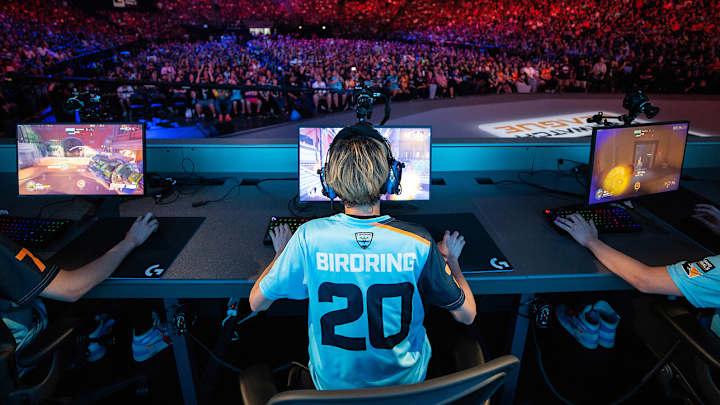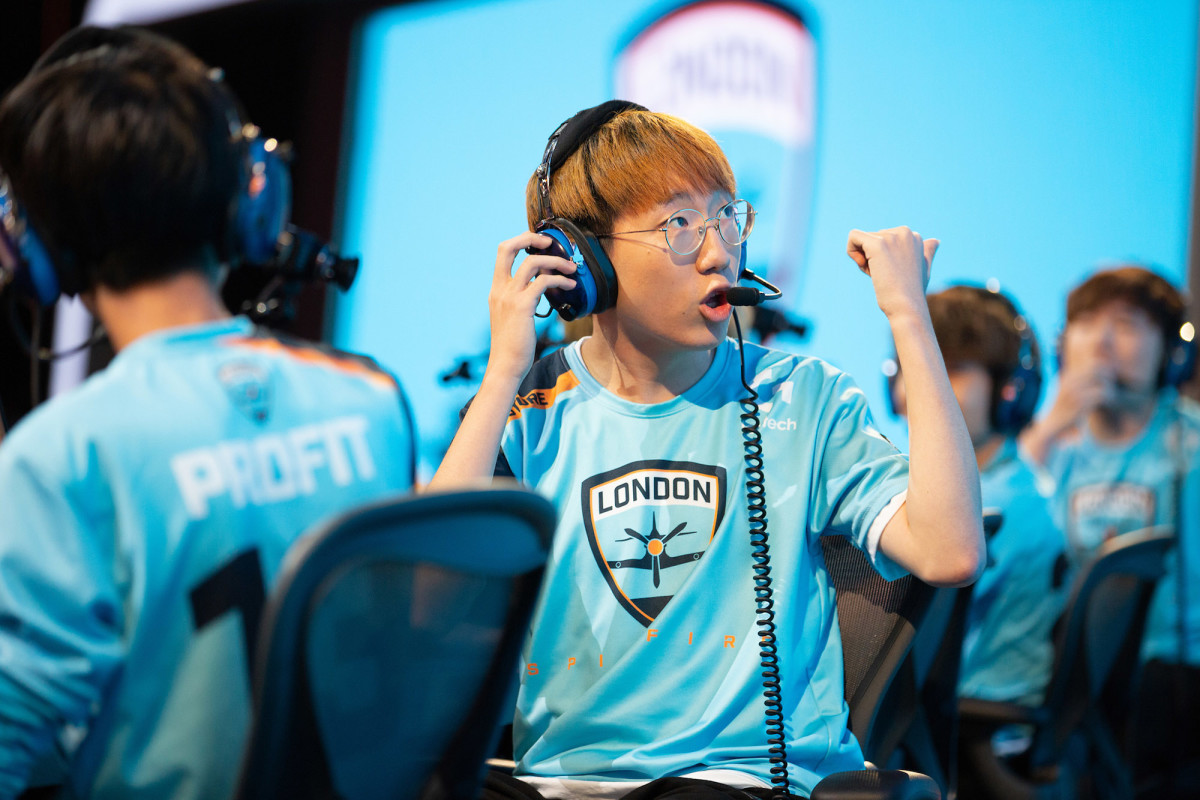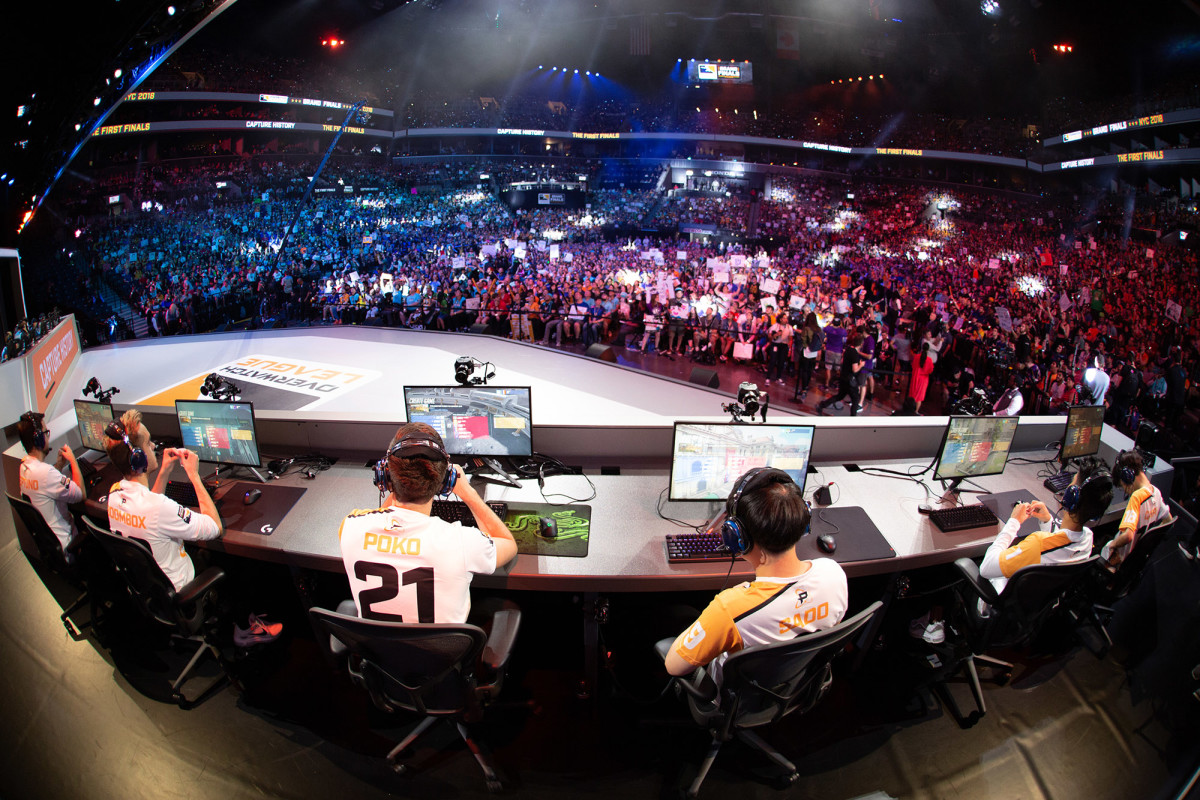What is the Future of the Overwatch League as a Media Property?

As Activision Blizzard esports leagues president Pete Vlastelica describes it, the Overwatch League is a playground of sports producers’ dreams—and nightmares. It’s like broadcasting a football game, but with the ability to put cameras on every player’s helmet and to hang invisible, 360-degree cameras above any spot on the field, each capable of zooming infinitely and slowing the action down to a frame-by-frame shot at perfect resolution. Plus, there’s the added responsibility of managing action taking place across two dimensions, with one of them constantly changing shapes. Basically, the possibilities are endless. But so are the demands.

Thirty minutes before the start of last weekend’s inaugural Grand Finals between Philadelphia and London, senior director Pete Emminger surveys the production truck. Make that three trucks, all tucked inside Brooklyn’s Barclays Center. The arena has its own control room, but it would not do for the Overwatch team. First, there’s the stuffed primary control room, where people crowd every inch and yet monitors still outnumber humans 8:1. Next door, Bob the audio guy, as Emminger refers to him, manages 95 incoming audio feeds, double what you’d have at a traditional sports event, some coming from the players on stage and another set emanating from the virtual world inhabited by their “heroes.” Another truck hosts the so-called observers, who operate as cameramen, using either joysticks or keyboards to control the in-game viewpoints. The observers are generally ranked Overwatch players themselves. Then there’s the IT truck, recognizable from the thigh-sized cables that coil underneath, wherein experts will stay overnight to repackage the footage into highlights and send the feed all over the globe, including to ESPN.
Friday marked the network’s first attempt at broadcasting live competitive gaming in primetime. The ratings proved meager, about half of what the preceding SportsCenter drew, but at any minute over the two-day event (as London swept the first two sets), an average of nearly one million people tuned in worldwide across a number of TV and streaming platforms.
As a media property, the Overwatch League has two clear advantages. The first is that, as a digital-first production, beyond the advantages mentioned above, Emminger has access to viewer data—where they watch, when they tune out—beyond what a TV channel might obtain, and also the ability to build interactive elements into the broadcasts. Fans can already propose questions during the postgame press conferences and choose from a few in-game views. The most clamored for option is the ability to watch the entire match from a single-player’s point of view (from their helmetcam, basically) and executives say that’s something they’re considering.
The second thing going for Overwatch is that Activision Blizzard develops the game, runs the league and produces the show. It’s sort of like the NBA, Nike and ESPN rolled into one. That means that before the season game developers were able to build in a new stats system to improve the broadcast and change the way players are displayed in the game, making it easier for fans to follow the action. In season, regular tweaks continue to be made, and during games the company is able to sell merchandise (both real and virtual) directly to viewers.

The game/league/broadcaster is also responsible for putting on the live event. Outside of the three trucks, another set of producers sits behind the Barclays stage, managing a 36-foot-tall LED megaboard that rose behind both teams. (“We fell in love with screens,” Vlastelica says). During the competition, the sold-out crowd listens to the game broadcasters as the production team blends the at-home and in-seat experience.
Now in the offseason, the production team is able to go back and meet with developers, working together to augment the various offerings for year two. Once again, all of the teams will be based in California in 2019, though the league is aiming to establish home venues for them soon after and with that begin enticing non-gamer followers.
But challenges remain as well. Foremost, it’s unclear if Overwatch will be the game to take esports mainstream. The 6-on-6 first-person shooter is aggressively hectic, with action often taking place in tight quarters. It will regularly have to contend with new entries, Fortnite being the latest craze drawing massive viewership on Twitch. Balancing hardcore gamer satisfaction while developing crossover appeal is still an unproven proposition. Then there are those pesky “traditional” sports, the ones that have not only survived the sequential disruptions of radio, television and internet, but have also grown in the middle of it all. Can they figure out the world of computers before the world of computers cracks the code and steals all of the fans?
